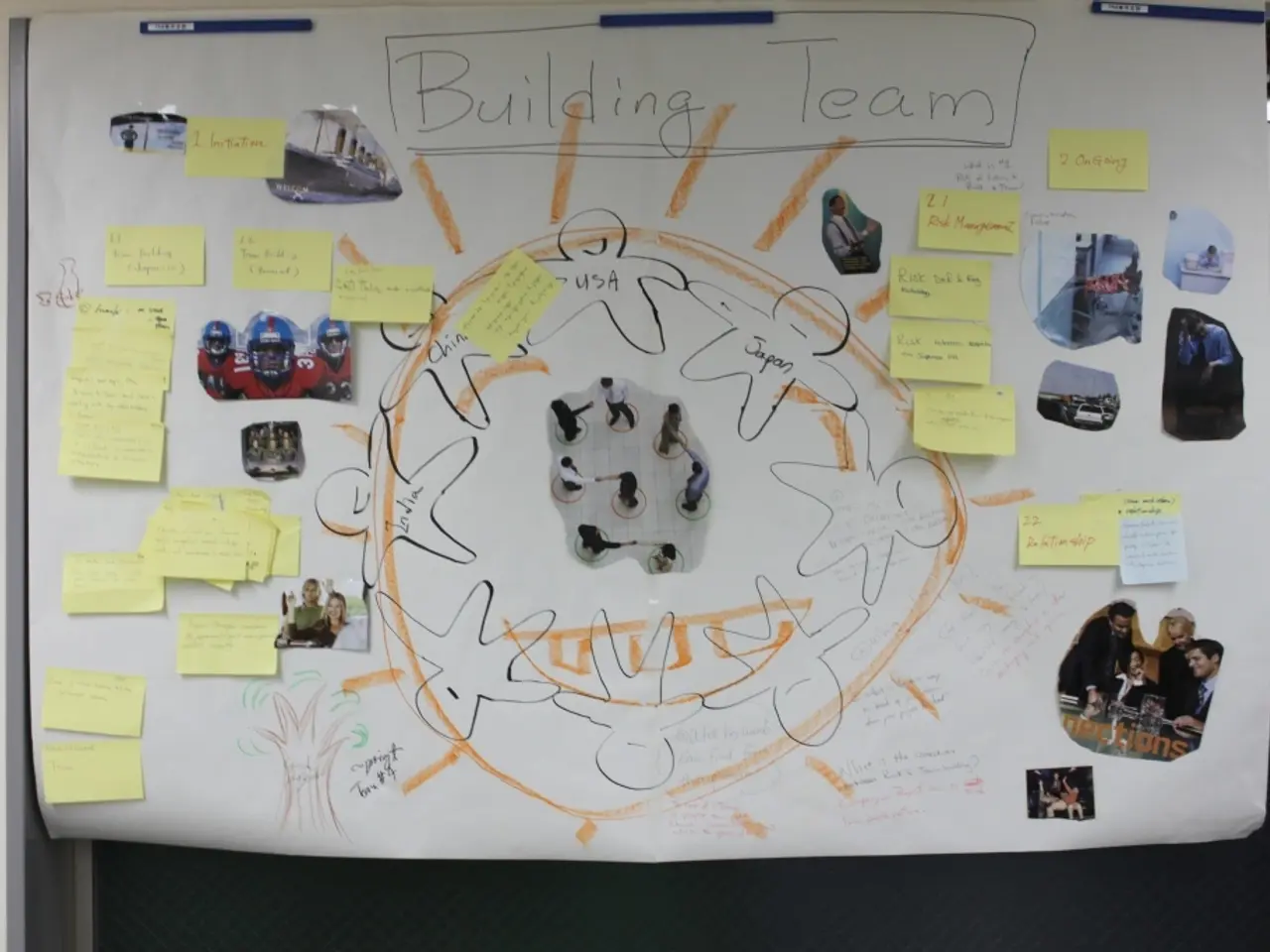Brain Health Evaluation via Reaction Time Tests • Results from Our Research Discoveries
In a groundbreaking study conducted on our platform, researchers have delved into the intricacies of visual reaction times (RT), a crucial measure of brain health. The study, which boasts a vast and diverse participant base spanning all ages and backgrounds, is one of the most significant RT studies across the aging spectrum.
The study has shed light on several factors that influence visual reaction times. Anatomical and neurological factors play a significant role, with differences in retinal cell density and neural pathways leading to faster reaction times in the lower visual field compared to the upper. Age and developmental stage also impact visual reaction times, reflecting maturation of visual and neurological systems.
Cognitive and attentional state is another critical factor. Reduced attentional capacity and cognitive symptoms, such as memory or concentration difficulties, are associated with longer reaction times. Fatigue and depressive symptoms can impair attention and thus prolong reaction times. However, the relationship between self-reported fatigue, depression, and RT is inconsistent, suggesting multifactorial influences on cognitive performance.
Visual field stimulus location, prior experience, and brain injury history also influence visual reaction times. Reaction times differ based on whether stimuli are presented in the foveal (center) or perifoveal (near-center) vision. Prior experience with certain visual fields may enhance reaction speed due to familiarity and neural plasticity, while physical exertion does not significantly impact visual reaction time according to some studies. In populations with a history of head impacts, such as former rugby players, visual reaction times and accuracy on cognitive tasks can be altered, reflecting cumulative brain injury effects on processing speed.
The study also found that younger left-handed people have a shorter reaction time than right-handed ones, but the difference fades between 40 and 60 years of age. More education is associated with shorter reaction times and faster brain processing speeds. Women score better on verbal memory than men. The number of daily medications taken has an impact on reaction times, with more meds leading to slower visual reaction times. Hypertension does not have a significant impact on visual reaction time.
The study aims to help better define what is normal brain aging and identify what affects memory and brain performance. It assesses participants through a word pair memory test and offers an online memory test to determine one's memory today, bringing us closer to a cure for Alzheimer's and other dementias.
The study was supported by various organisations including the UK Biobank, Mike Mueller and the Mueller Family Charitable Trust, the Arizona Department of Health Services through the Arizona Alzheimer's Consortium, Flinn Foundation, The McKnight Brain Research Foundation, the National Institute on Aging, many anonymous donors, and institutional support from TGen, City of Hope, and the University of Arizona.
Participants can play the free online our platform game to see if their brain remembers more, less, or the same than other people their age. Smokers have a longer visual reaction time, with a 7 millisecond difference and an additional 0.57 milliseconds added to their RT per year. People with diabetes have an 11 millisecond longer RT. The more education one attains, the faster their reaction time.
By understanding these factors, the study aims to pave the way for interventions to reduce cognitive decline due to age or disease, allowing people to stay independent for longer. This could result in significant benefits, including saving billions in healthcare costs and improving the quality of life for the aging population. Many health, medical, and lifestyle factors can be changed or managed to improve brain health and cognitive performance.
Cognitive healthspan can be influenced by various factors, including neurogenomics as indicated by the study's findings of the impact of education on reaction times, with more education leading to faster brain processing speeds. Science has shown that mental-health conditions, such as depression and fatigue, can impair attention and thus prolong reaction times, contributing to the broader discussion of cognitive health-and-wellness. Additionally, the study reveals an interesting correlation between cognitive health and aging, as it found that older left-handed individuals have longer reaction times compared to their right-handed counterparts, but this difference diminishes between the ages of 40 and 60. This evidence underscores the importance of fitness-and-exercise, as it can aid in maintaining cognitive health and reducing the impact of aging on brain performance.




